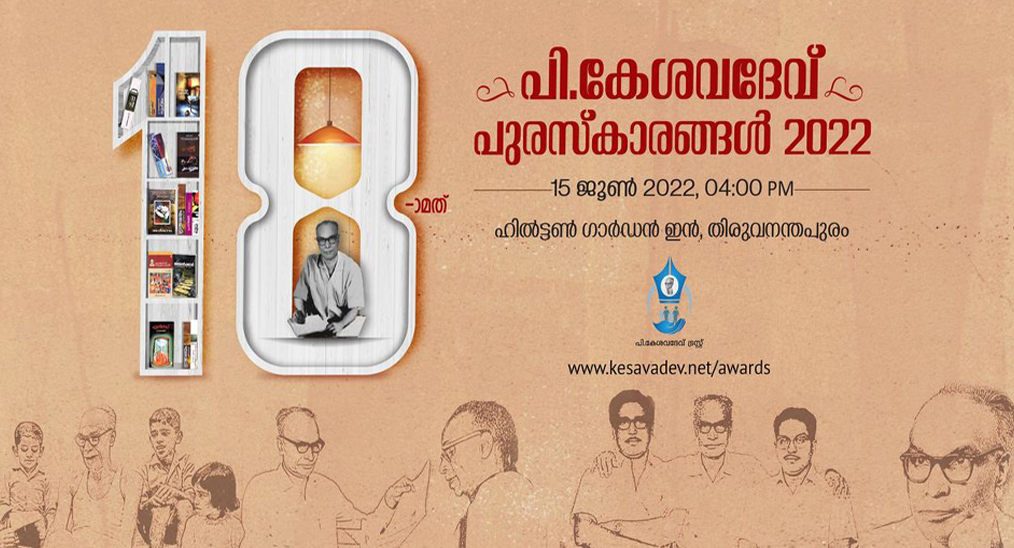1. Will Choice of Treatment Influence TIR in T2D with Diabetic Complications?

This article which investigated the association of CGM-derived metrics, with the presence of complications and therapeutic regimens in type 2 diabetes (T2D) is presented at the American Diabetes Association (ADA) annual meeting 2022 by the diabetes team from Jothydev’s Diabetes Research Centre.
Though TIR is a predictive marker of diabetic complications, there is a paucity of data evaluating the association of TIR with therapeutic regimens. The researchers analyzed the Ambulatory Glucose Profile (AGP) of T2D who underwent 14-day p-CGM between 2015 and 2021. Clinical parameters were extracted from EMR. Data of 1218 T2D (baseline age=53.14±15.03 yrs; 69.2% male, avg. duration of diabetes: 14.44±9.48 yrs) on different therapeutic regimens (OHAs±insulin; namely basal only, biphasic, basal plus, basal bolus regimen) were analyzed. A regression model was run with % TIR as dependent variable and age, duration, insulin regimen, complications, and BMI as independent variables. Spearman’s correlation coefficient was calculated between lab A1C and eA1c.
On analysis, age was found to have a statistically significant relation with TIR. A moderate correlation (0.60) between A1C and eA1C was observed. 68.4% achieved a target TIR of >70% in T2D without complications. 69.5% with CAD/CKD achieved a target TIR of >50%. Among the different therapeutic regimens analyzed, the use of an analogue basal-bolus regimen was associated with a statistically significant (p< 0.05) TIR target of >50% and TBR < 1% in T2D with CAD/CKD (Figure 1). In T2D with vascular complications, analogue basal bolus regimen could be a superior choice in reaching optimal TIR with insignificant time below range.
For enquiries info@jothydev.net.
Please visit: jothydev.net | research.jothydev.com | diabscreenkerala.net | jothydev.com/newsletter




